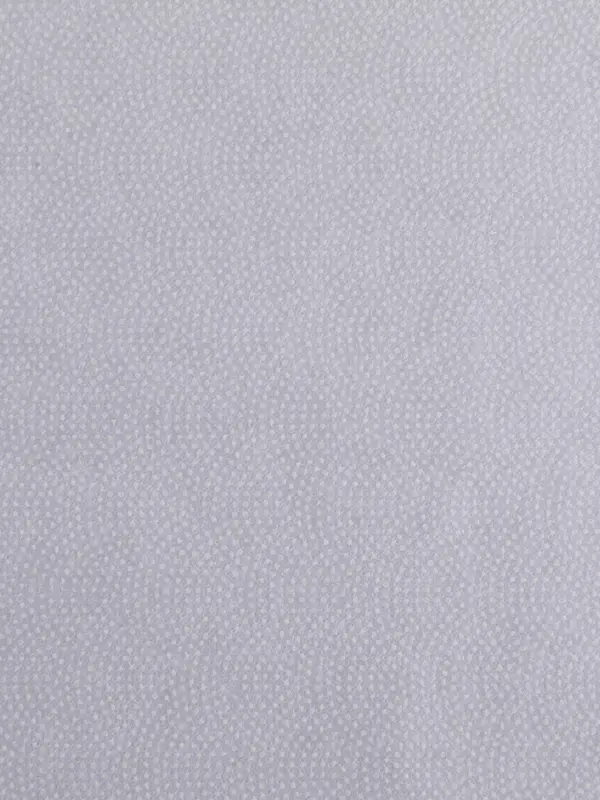Thermal bond non-woven interlining is a kind of fabric this is normally utilized in numerous industries for its versatility and functional houses. This cloth is designed to offer extra power, balance, and other desirable characteristics to the fabric it's miles bonded with. The thermal bonding procedure involves the usage of heat to melt the fibers within the non-woven material, creating a robust bond. While there might not be standardized grades for thermal bond non-woven interlining, variations in composition and characteristics can result in different sorts or categories.
One way to classify thermal bond non-woven interlining is based totally on its composition. Non-woven fabric may be made from loads of fibers, inclusive of polyester, polypropylene, viscose, and greater. The desire of fiber can impact the interlining's residences, such as its energy, sturdiness, and handfeel. Polyester thermal bond non-woven interlining, for example, is known for its resilience and dimensional balance. Polypropylene, on the other hand, may also provide a lightweight and breathable option.
Another issue that contributes to the variety of thermal bond non-woven interlining is its weight or thickness. Interlinings are available distinct weights to suit the precise desires of different programs. Lighter-weight interlinings are suitable for sensitive fabric or packages where a more diffused interfacing is required, at the same time as heavier-weight interlinings provide greater shape and help, making them ideal for sturdier fabrics or garments.
The bonding manner itself also plays a critical function in figuring out the traits of thermal bond non-woven interlining. The temperature and stress applied for the duration of bonding can have an effect on the final product's strength and adhesion properties. A well-controlled bonding process guarantees that the interlining efficaciously adheres to the material it is implemented to without compromising the handfeel or drape.
Additionally, a few thermal bond non-woven interlinings come with special finishes or remedies to decorate sure properties. For instance, a waterproof finish can be carried out to make the interlining suitable for outerwear fabric, offering an introduced layer of safety towards the factors. Anti-static or flame-retardant treatments are different examples of upgrades that may be implemented to satisfy unique overall performance necessities.
The intended software additionally impacts the kind of thermal bond non-woven interlining selected. Fashion and clothing industries often use lightweight interlinings to add subtle guide with out compromising the garment's drape, even as industries like car or upholstery may require heavier interlinings for added durability and structure.
While there won't be standardized grades for thermal bond non-woven interlining, variations in composition, weight, bonding system, and unique treatments make a contribution to the life of various sorts. Manufacturers often provide a variety of alternatives to cater to the various needs of various industries and packages. Understanding the unique requirements of a task or software is critical in selecting the maximum appropriate type of thermal bond non-woven interlining for most efficient overall performance.









